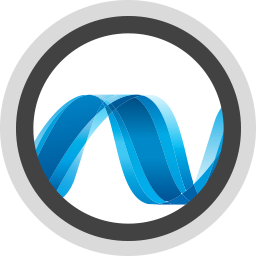.NET

Elements can build applications for the Common Language Runtime (CLR). Most prominently this includes the Microsoft .NET Framework, but also extends to .NET Core, Universal Windows Apps (the new API layer for Windows 8, Windows 10 and Windows RT applications), Windows Phone, Silverlight and the open-source Mono framework, which brings the CLR to Mac OS X, Linux and a range of other operating systems.
The CLR is designed to be language independent, making Oxygene, RemObjects C#, and Swift, Java and Go first degree citizens next to Microsoft's Visual C# and Visual Basic.NET languages. In fact, Oxygene is the most prominent and most widely used non-Microsoft language available for .NET.
Sub-Platforms
The ".NET" moniker (and the Echoes compiler back-end targeting it) covers several different implementations of the Common Language Runtime:
- .NET Core (Including .NET 5.0 and later)
- .NET Framework (.NET 4.8 and below)
- Mono
- Xamarin
- Compact Framework (deprecated)
- Silverlight (deprecated & Visual Studio 2015 only)
Note that while still being supported for a long time, the current version 4.8 makes the last version of the traditional "Desktop" .NET Framework, and will be superseded by version 5.0 of the .NET Core runtime, as of Fall of 2020. It is recommended to use .NET Core rather than classic .NET for new projects.
Additional Topics
Framework and Technologies
On top of .NET and the CLR, a wide variety of technologies are available for building great applications. .NET comes with an extensive Framework Class Library (FCL) of over 10,000 classes and types that are instantly usable from Oxygene and RemObjects C#, not to mention a wide range of open source and commercial third party libraries that are available and work seamlessly with any CLR language, including Oxygene and RemObjects C#. (RemObjects Software even provides a few of its own, such as Data Abstract.)
Depending on your target platform, the CLR provides a choice of GUI frameworks for creating powerful native applications, including WPF and WinForms for Windows Desktop apps, XAML for WinRT/Metro and Windows Phone apps, and XAML/Silverlight for creating plugin-based web apps. Oxygene supports all of these frameworks and their toolchains natively and out of the box.
On top of that, the .NET Framework also contains classes for just about any business need, from internet communication to working with XML files, from database access to encryption, and so on.